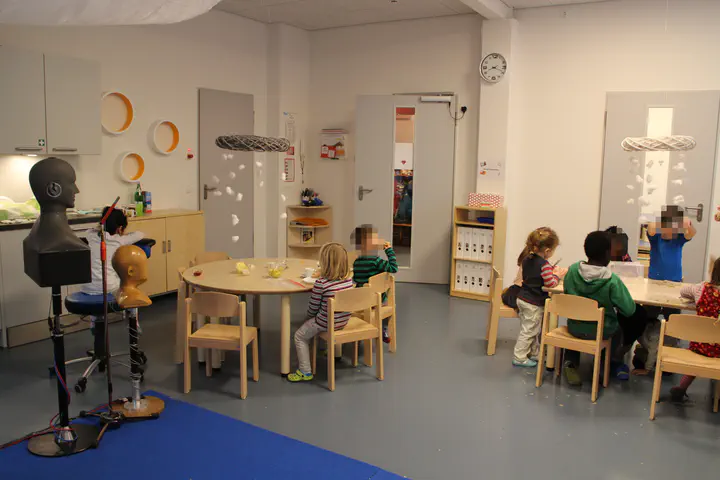Binaural psychoacoustic parameters describing noise perception of children in comparison to adults

Abstract
Current guidelines for optimal acoustics in educational buildings are mostly derived from observations on the health effects of noise on an average population, which are usually healthy adults. However, children are not included in this normal population and are described by the WHO guideline as a vulnerable group, which may be less able to cope with the consequences of long-term noise exposure. Therefore, it is important to set focus on children and their perception of noise and whether existing methods are valid for children as well. This work analyses binaural models of different psychoacoustic parameters considering differences in binaural measurements using child dummy head in comparison to adult dummy head. Furthermore, the results were set in relation to the replies to the INCH questionnaire obtained from children and adults to find differences in noise perception. For this instance, long-term in situ measurements in the presence of children were conducted in different day care centres and primary schools in Aachen.